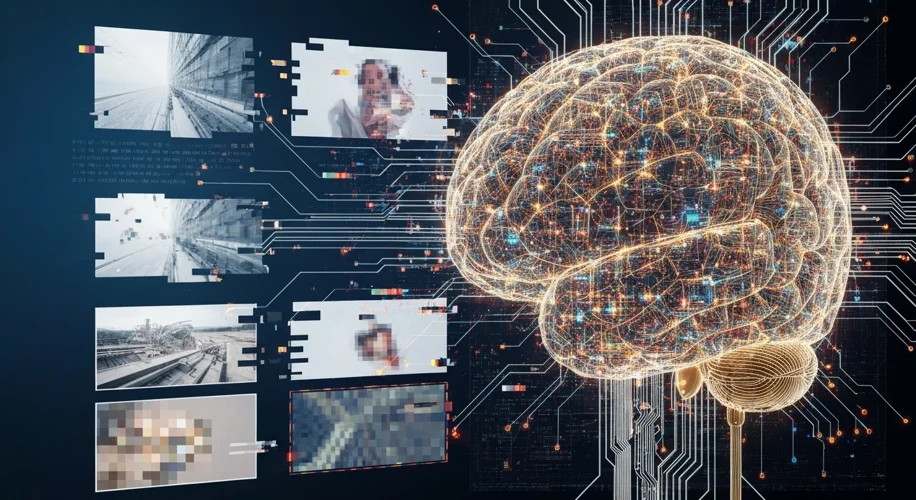It’s easy to get caught up in the headlines about Artificial General Intelligence (AGI). We hear about AI passing tests, generating creative content, and even mimicking human conversations. But as someone who’s spent decades in the tech world, I believe a more grounded understanding of AI’s current limits is crucial. The real conversation about AGI shouldn’t be about when it will happen, but what we need to understand about AI’s capabilities today.
When we talk about AGI, we’re really asking if AI can perform any intellectual task that a human can. While AI has made incredible strides, there are still significant gaps, especially when it comes to certain cognitive abilities that seem effortless for us.
One area where AI consistently struggles is robust visual and spatial reasoning. Think about simple tasks like understanding the physical implications of an action. If you see a picture of a glass of water about to be knocked over, you intuitively grasp that water will spill, and likely on the floor, maybe near the wall. An AI, even a sophisticated one, might identify the glass, the table, and the water, but inferring the likely outcome of that physical interaction requires a deeper, more embodied understanding of the world. It’s not just about recognizing objects; it’s about understanding their relationships and the physics that govern them.
This isn’t to say AI can’t process images. AI models can identify objects with remarkable accuracy, classify them, and even describe scenes. But it’s often a statistical recognition, not a conceptual grasp of how those objects interact in a three-dimensional space or the consequences of those interactions. For instance, an AI might struggle to understand the subtle social cues in a crowded room or the practical challenges of navigating a cluttered environment without bumping into things – tasks that rely heavily on spatial awareness and common-sense physics.
Another challenge lies in true common-sense reasoning. Humans possess a vast, often unconscious, reservoir of knowledge about how the world works. We know that if you push a heavy box, it requires effort, and if you’re tired, it will be harder. We understand that certain materials are absorbent, while others are not. AI models learn from data, and while they can infer patterns, they don’t inherently know these things in the way humans do. This lack of intuitive understanding can lead to errors that seem bizarre to us but are logical within the AI’s limited data-driven framework.
So, what does this mean for the pursuit of AGI? It means we need to look beyond benchmark scores. Passing a specific test doesn’t automatically translate to general intelligence. The journey towards AGI, if it’s even possible, likely involves overcoming these fundamental gaps in understanding, not just improving computational power or data processing.
As we continue to develop AI, it’s essential that we maintain a realistic perspective. Understanding these current limitations isn’t about dampening innovation; it’s about guiding it. It helps us ask better questions about what AI can and should do, and importantly, what it cannot. This nuanced view is critical for fostering meaningful discussions about the future of AI and ensuring its development aligns with human values and a practical understanding of intelligence itself.

